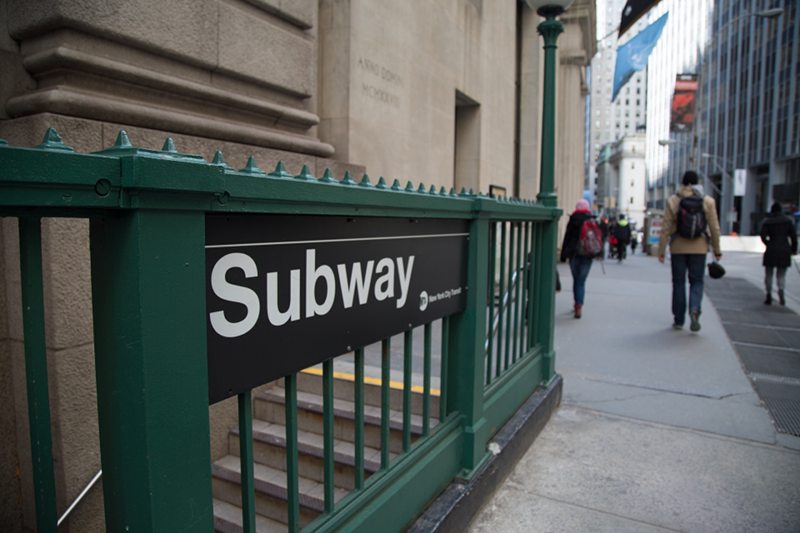
One problem with building things using state-of-the-art techniques is that sometimes those that look like they will be “the next big thing” turn out to be dead ends. Next thing you know, that hot new part or piece of software is hard to get or unmaintained. This is especially true if you are building something with a long life span. A case in point is the New York City subway system. Back in the 1990s the transit authority decided to adopt IBM’s new OS/2 operating system. Why not? It was robust and we used to always say “no one ever got fired for buying IBM.”
There was one problem. OS/2 was completely eclipsed by other operating systems, notably Windows and — mostly — has sunk from the public view. [Andrew Egan’s] post covers just how the conversion to a card-based system pushed OS/2 underground all over the Big Apple, and it is an interesting read.
The choice of OS/2 might seem odd today. However, you have to remember the operating system landscape back then. Unix wasn’t very commercial, for the most part, and the commercial versions like Xenix and SCO were often encumbered with odd and changing licensing arrangements. MSDOS was hardly suitable for any sort of reliable system, with a patchwork of hacks to get more memory, and multitasking including early versions of Windows which were little more than shells over MSDOS.
We might have suggested QNX, as both operating systems were robust and used a microkernel architecture which had many advantages, especially when fighting hardware limitations.
It seems OS/2 isn’t just the subway system, either. Some old ATM machines still use it and there are probably some other hold outs. In 2006, IBM discontinued the operating system and sold off OS/2 support to Serenity Systems and later acquired by Arca Noae.
While OS/2 doesn’t get the same retrocomputer love as some other operating systems, it was actually ahead of its time. Its failure to take hold wasn’t so much about the technology as it was about business decisions and the market conditions of the day.
If you want a look at modern OS/2 emulation, that does exist. If you think OS/2 is the oldest tech running the subway system, you’d be wrong about that.
[“source=hackaday”]

